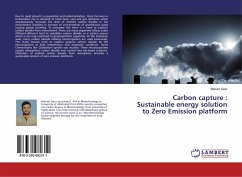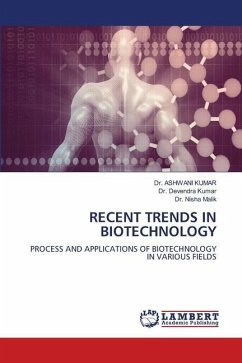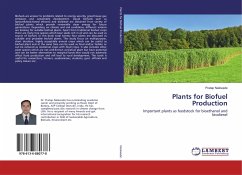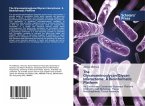Due to rapid growth in population and industrialization, there has been a tremendous rise in demand of fossil fuels, coal and gas refineries which simultaneously increases the level of emitted carbon dioxide in the environment resulting in increase of concentration of greenhouse gases causing global warming. To overcome this there is a need to capture carbon dioxide from environment. There are many organisms falling under different-different level to assimilate carbon dioxide as a carbon source which is not only restricted to photosynthetic organisms. At the industrial-scale, many carbon dioxide utilizing microorganism are used extensively. This study focuses onto to capture gaseous carbon dioxide by the microorganism at high temperature and anaerobic conditions. Some Chemotrophs like Clostridium species was studied. These microorganisms uptake atmospheric carbon dioxide and convert into bio-based products. Utilization of emitted carbon dioxide from atmosphere provides a sustainable solution of zero emission platforms.
Bitte wählen Sie Ihr Anliegen aus.
Rechnungen
Retourenschein anfordern
Bestellstatus
Storno








